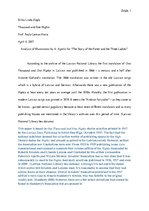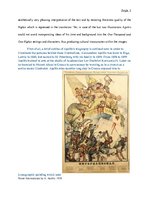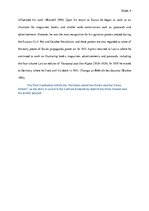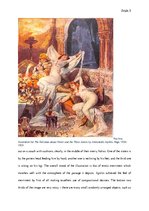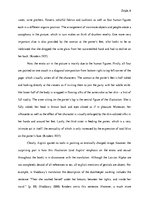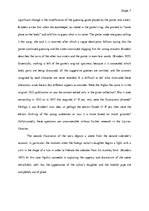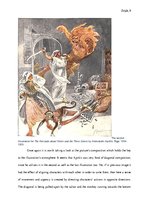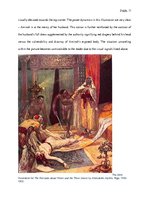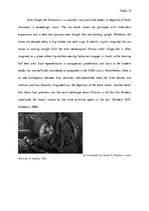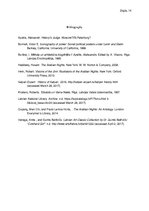-
Analysis of Illustrations by Aleksandrs Apsītis for "The Story of the Porter and the Three Ladies"
In conclusion, Apsītis’ illustrations while not completely accurate have come a far way from the early French and British illustrations discussed by Robert Irwin in “The Visions of the Jinn”. (Irwin 2010) Although it is impossible to identify Apsītis’ visual sources of Islamic interiors and dress, it is clear that he had more accurate resources available than the earlier illustrators who depicted the Nights characters and interiors with the visual vocabulary of medieval Europe or 18th century France and England. That being said his images still contain some sexist, racist, and orientalist stereotypes that would stand out to the modern reader. One could even argue that Apsītis’ choice to portray erotic scenes versus the violent ones and his exceeding use of undressed female characters is a form of orientalism. The point would be particularly reinforced when the visual style of the Nights is compared to his other works, for instance, Apsītis’ illustrations for Anton Chekhovs’ stories were very somber black-and-white images. Yet it is questionable in what proportion Apsītis’s style steamed from the nature of the stories versus any orientalist pre-conceptions that he harbored. Moreover, regardless whether it happened intentionally or accidentally the highly erotic images have an important role of reestablishing the sexual feature of the Nights which has been carefully erased from the text. Overall, Apsītis’ ability to encapsulate the tensions and emotions of each scene is indeed remarkable, in that sense making the illustrations a desirable supplement to the written text. …
This paper is based on ''One Thousand and One Nights'' stories selection printed in 1957 by the Latvian State Publishing in Soviet time Riga. (Kroders 1957) The essay analyses illustrations by Aleksandrs Apsītis for “The Story of the Porter and the Three Ladies” in their historic context and their faithfulness to the story. The essay was submitted for a course at New York University Abu Dhabi and received high grade. The work features seven images. Word count: 2772

